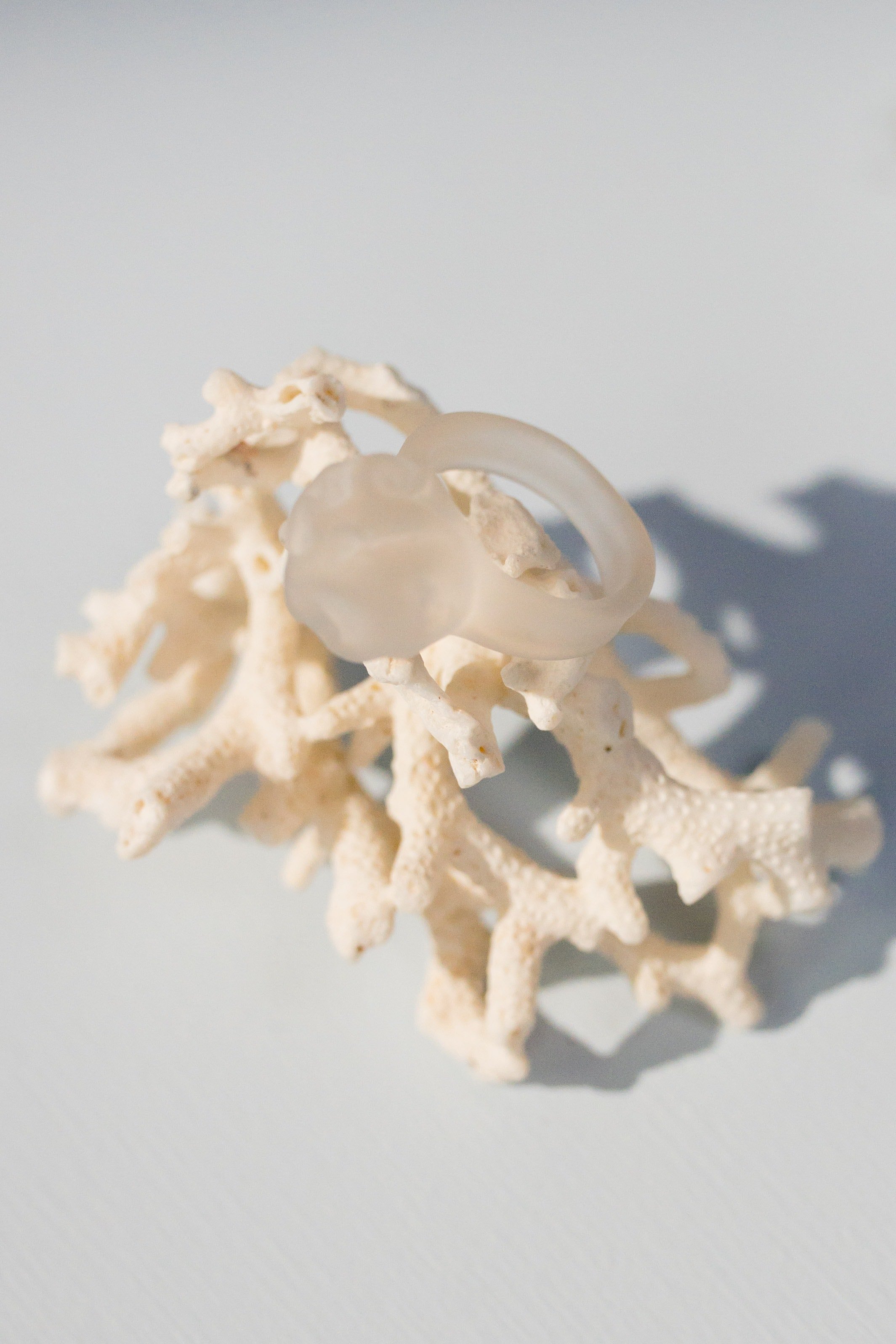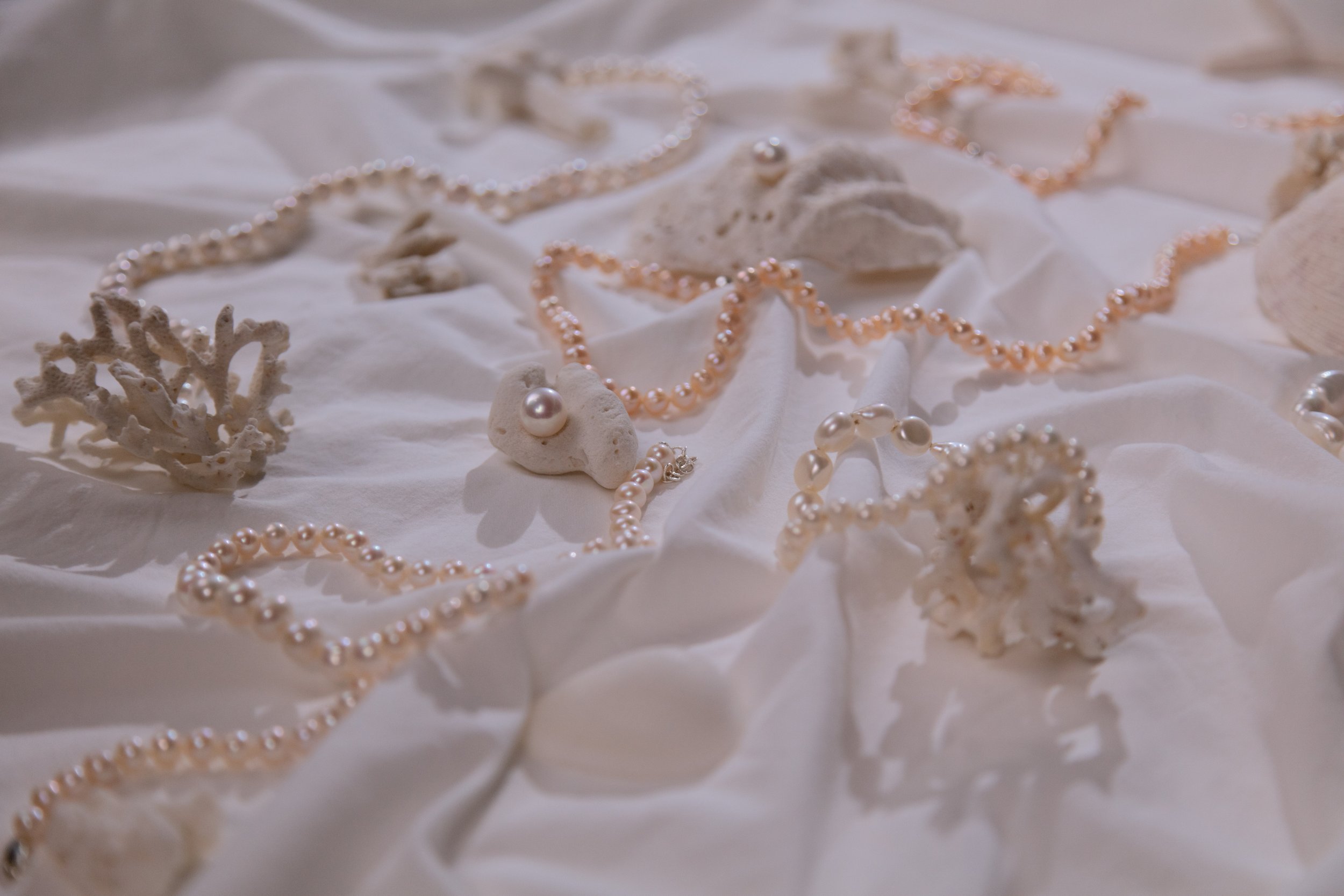The New Frontier: Mining Precious Gems from the Ocean Floor
Where is it done?
From the shallow coastal waters to the deepest, most inaccessible parts of the ocean, our blue planet holds a wealth of mineral resources beneath its waves. The most extensive mining operations for precious gems in the ocean are currently taking place off the coast of Namibia and South Africa, where companies like De Beers extract diamonds from the seabed. Other promising locations include the waters around Papua New Guinea, where Canadian company Nautilus Minerals has been exploring the potential for seafloor mining of copper and gold.
What is there?
In the vast, uncharted depths of the ocean, the range of potential mineral resources is impressive. Ocean floor mining primarily targets polymetallic nodules — potato-sized lumps rich in copper, nickel, cobalt, and manganese. Organic gems include coral, calcite, aragonite, and pearls. More recently, attention has been drawn to the vast deposits of precious gems like diamonds, gold, and rare earth elements present in these seabed deposits.
What does it mean for the value of precious gems?
The discovery of precious gem deposits on the ocean floor has the potential to disrupt the global gemstone market, much of which has traditionally been land-based. The extent to which this will affect gem prices is still uncertain, as it will depend on the size of the deposits, the cost of extraction, and the quality of the gems recovered. In theory, an increase in supply could drive prices down, but this would only occur if the gems could be mined and brought to market in significant quantities.
Is there anyone making special jewelry from it?
While ocean-mined gems are not yet common, some forward-thinking jewelers are embracing the unique appeal of these undersea treasures. The renowned company De Beers has a line of jewelry featuring diamonds sourced from the seabed off Namibia's coast. This 'marine diamond' jewelry is marketed not only for its beauty but also for its unique origin story.
Who are the miners?
Large mining corporations primarily undertake the immense task of mining precious gems from the ocean floor. These companies have the necessary resources to invest in the specialized equipment and technology required for such operations.
How is it done?
Ocean floor mining is a complex, technically challenging process. It involves using remotely operated vehicles (ROVs) and specialized seafloor production tools to cut, grind, and gather the mineral-rich seabed sediment. This material is then pumped to the surface as a slurry, where it is processed on the mining vessel to extract the valuable minerals.
Image courtesy of theguaridian.com
Are the materials/stones different than those mined on earth?
The materials mined from the ocean floor are essentially the same as those found on land. However, the conditions in which they are formed can be quite different, leading to variations in quality, color, and composition. For example, marine diamonds are known for their high quality, as they have undergone natural selection processes during their journey to the sea, which tend to eliminate lesser quality stones.
Image courtesy of nypost.com
What will it mean for the quantity of supply?
The ocean floor's untapped mineral wealth could significantly increase the global supply of precious gems. However, the feasibility of ocean mining on a large scale and its potential environmental impacts are still subjects of ongoing research and debate. While ocean floor mining could theoretically satisfy demand for certain precious gems for centuries, strict regulations, technological limitations, and environmental concerns may limit its immediate impact on global supply.
In conclusion, while mining precious gems from the ocean floor presents a new frontier in resource extraction, it also poses significant challenges. The technical difficulties, environmental implications, and market impacts of these operations are still being explored and understood. As technology advances and our understanding of the ocean deepens, the ocean floor's precious gems may yet become a more common sight in the world.














